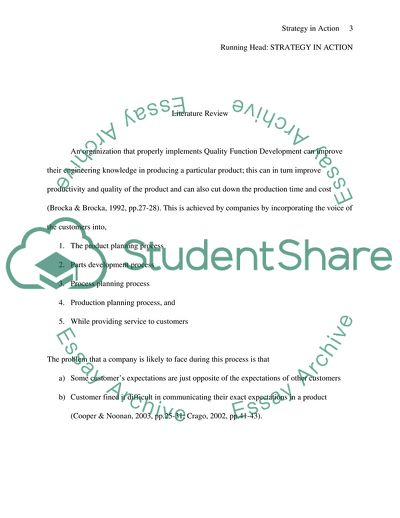Cite this document
(Quality Function Development Research Paper Example | Topics and Well Written Essays - 3500 words, n.d.)
Quality Function Development Research Paper Example | Topics and Well Written Essays - 3500 words. Retrieved from https://studentshare.org/marketing/1708639-strategy-in-action
Quality Function Development Research Paper Example | Topics and Well Written Essays - 3500 words. Retrieved from https://studentshare.org/marketing/1708639-strategy-in-action
(Quality Function Development Research Paper Example | Topics and Well Written Essays - 3500 Words)
Quality Function Development Research Paper Example | Topics and Well Written Essays - 3500 Words. https://studentshare.org/marketing/1708639-strategy-in-action.
Quality Function Development Research Paper Example | Topics and Well Written Essays - 3500 Words. https://studentshare.org/marketing/1708639-strategy-in-action.
“Quality Function Development Research Paper Example | Topics and Well Written Essays - 3500 Words”, n.d. https://studentshare.org/marketing/1708639-strategy-in-action.


